We’re aware of the negative effects of poor calcium, excess negative energy balance and poor anti-oxidant status on reproductive performance but some new studies go into more detail on this, highlighting the strong relationship each of these elements have for getting a cow back in calf.
A recently published paper looking at the anti-oxidant profiles of cows showed some interesting protective effects of anti-oxidants in the face of negative energy balance (NEB) post calving. NEB is inevitable post calving but the degree of NEB is strongly associated with reduced reproductive performance.
A recently published paper looking at the anti-oxidant profiles of cows showed some interesting protective effects of anti-oxidants in the face of negative energy balance (NEB) post calving. NEB is inevitable post calving but the degree of NEB is strongly associated with reduced reproductive performance.
Blood and ovarian β-carotene and vitamin E concentrations at 2 weeks post-calving were associated with pronounced differences in the activity of certain enzymes associated with better ovarian development. In contrast, elevated blood non-esterified fatty acids (NEFA) concentrations (indicators of the degree of fat mobilization) at that time were associated with long-term carryover effects which suggested persistent cellular stress and oxidative damage.
This negative effect was greater in cows with antioxidant deficiencies at week 8.
nterestingly, within the group of cows that had the worst NEB at Week 2, higher blood antioxidant concentrations at week 8 were associated with greater activity of enzymes related to increased ovarian capacity.
So, what are the take home messages from this complicated study?
- NEB should be minimized post calving by good dry cow management- drying off and calving at the correct condition, maximizing intakes, reducing social stresses.
- Anti-oxidant status is important and a good status may be protective against excessive NEB-
- β-carotene is abundant in grass and green forages but not in cereal silages and it decreases during the winter storage. Vitamin E status is also related to the intake of green forage. Current recommendations are that 2000iu/day should be fed in the transition dry period.
It is worth adding another point to this list around ensuring good control of clinical and subclinical milk fever. Another study published this year, also looking at reproductive performance, showed the effect of post calving blood calcium status on subsequent fertility. The study showed that mature cows with low blood calcium at day 4 DIM had lower odds of becoming pregnant to first service than their normal counterparts. This effect persisted with the cows suffering low blood calcium being less likely to be pregnant by 150 days in milk. For the link to these studies, please ask!
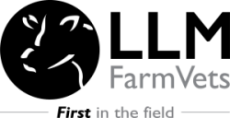
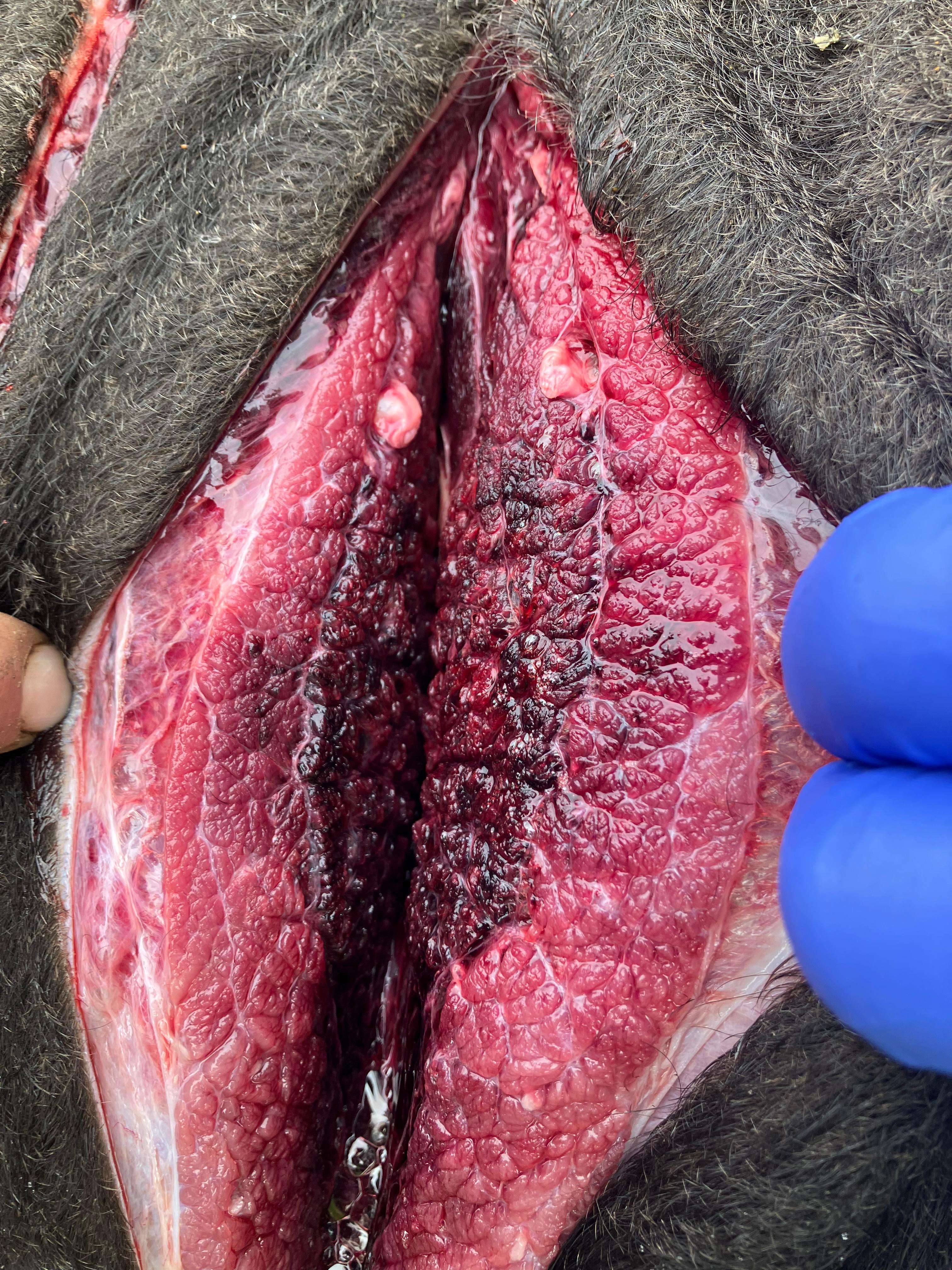

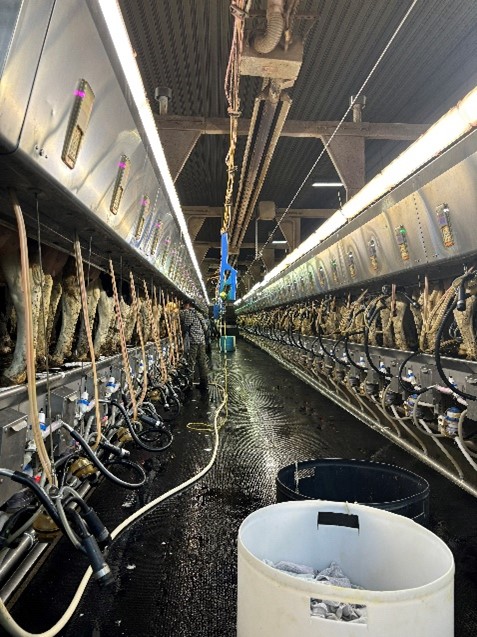
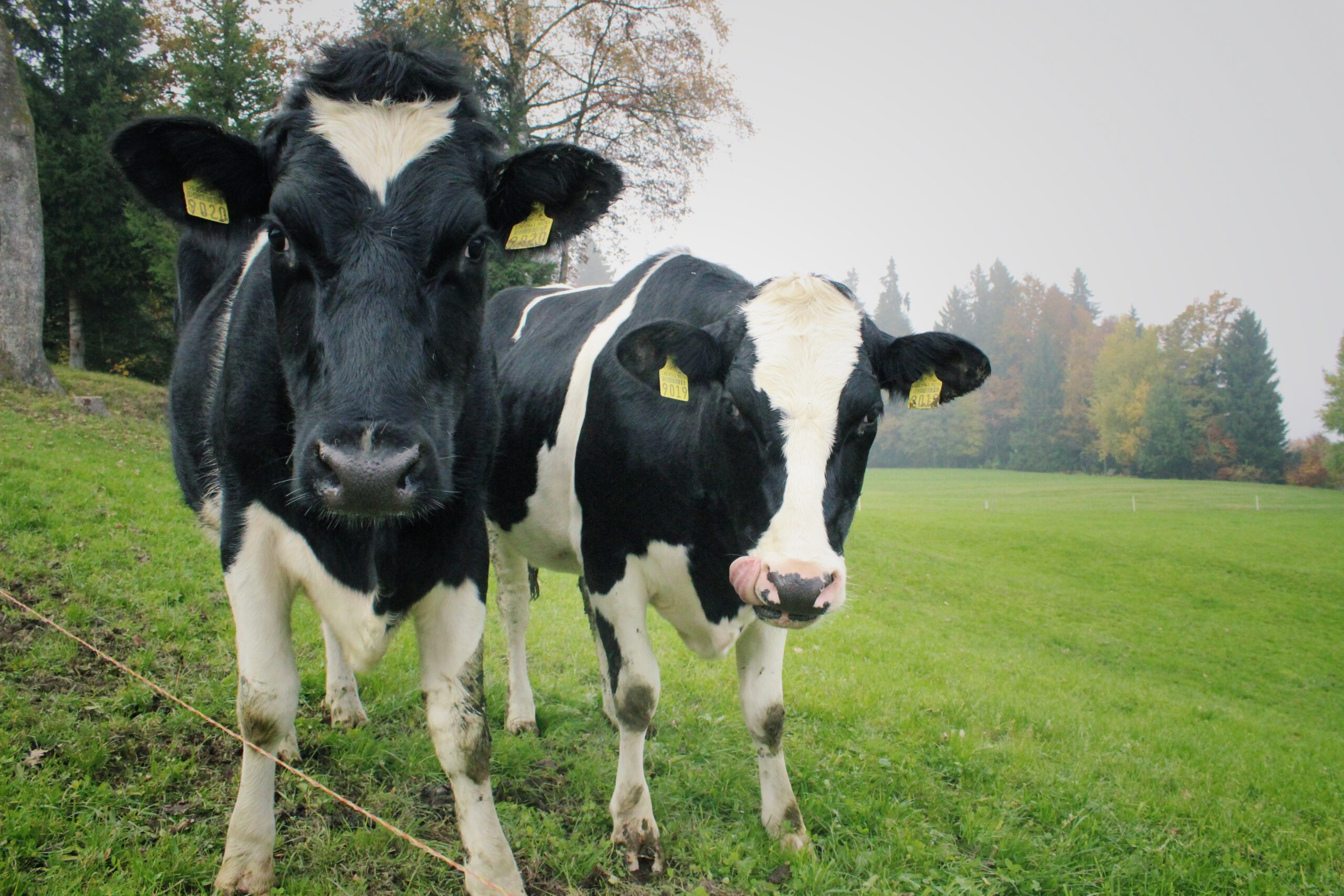
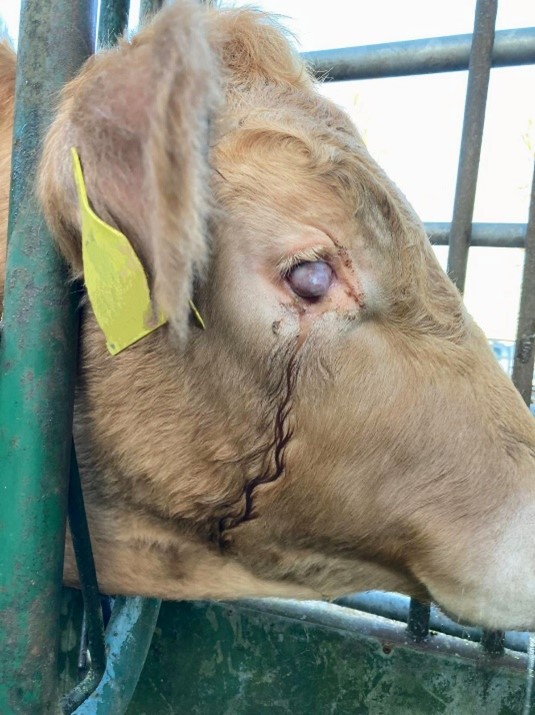

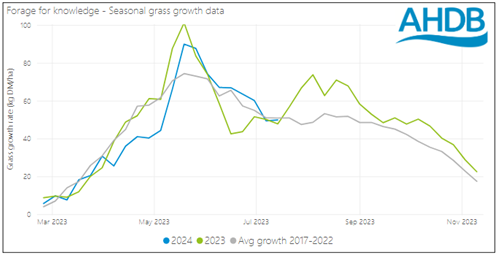

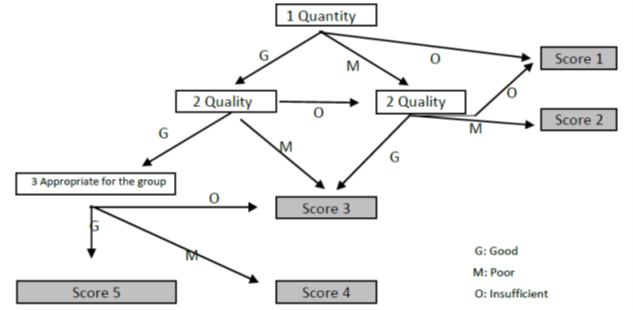

Leave A Comment